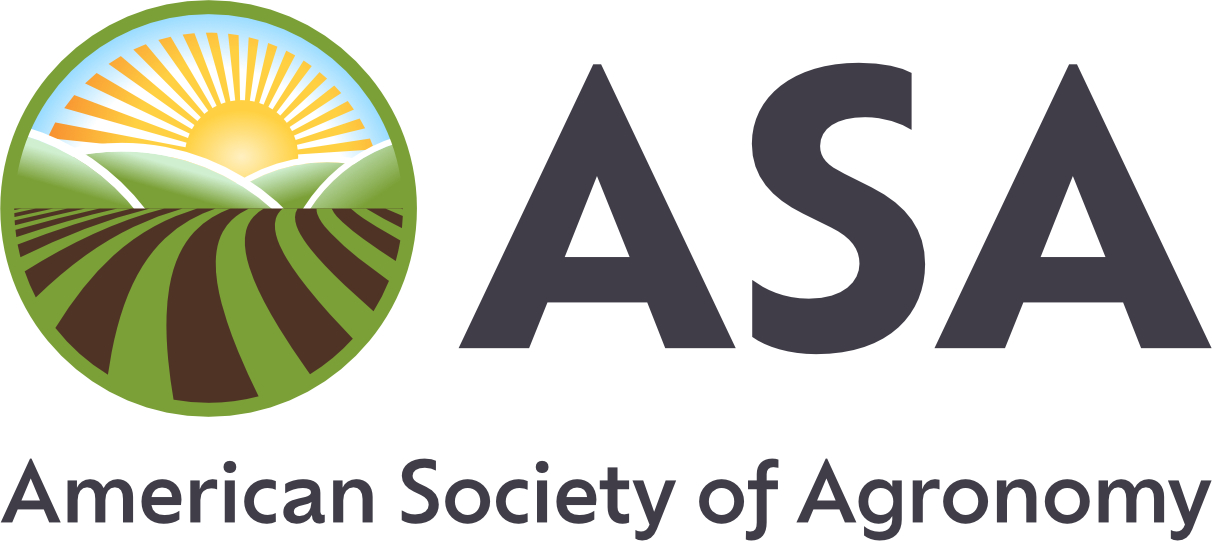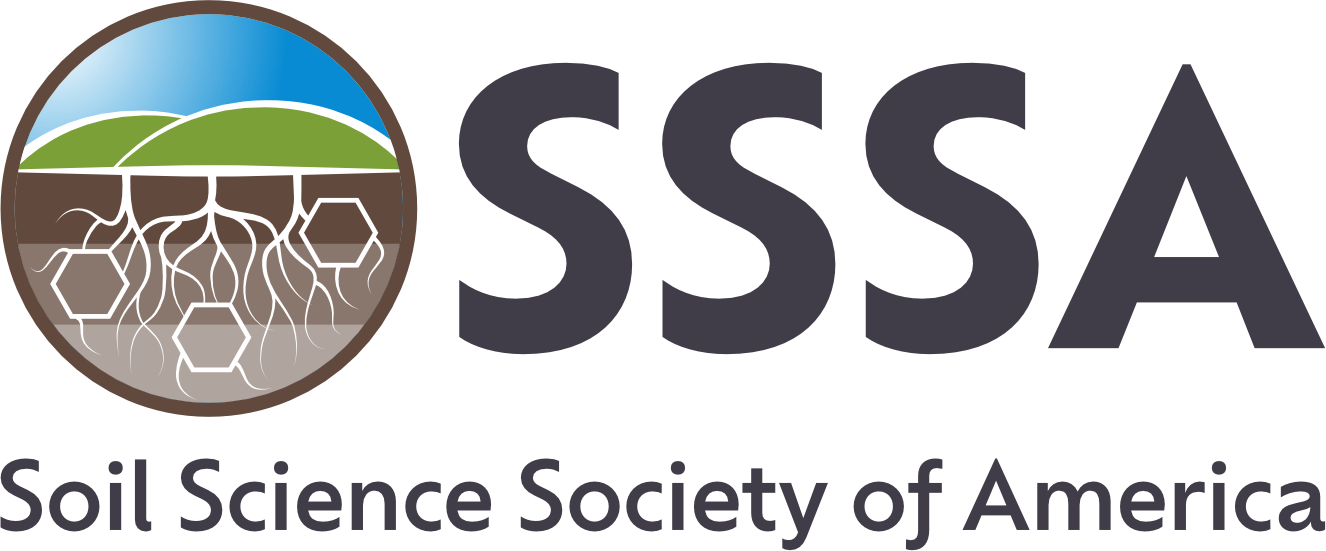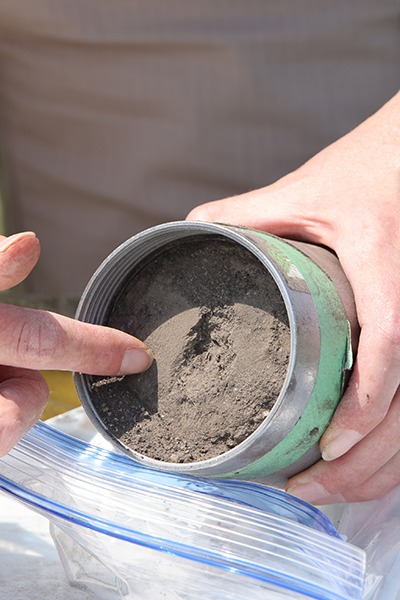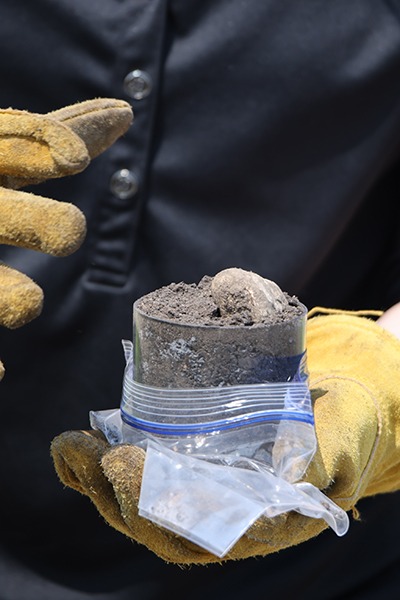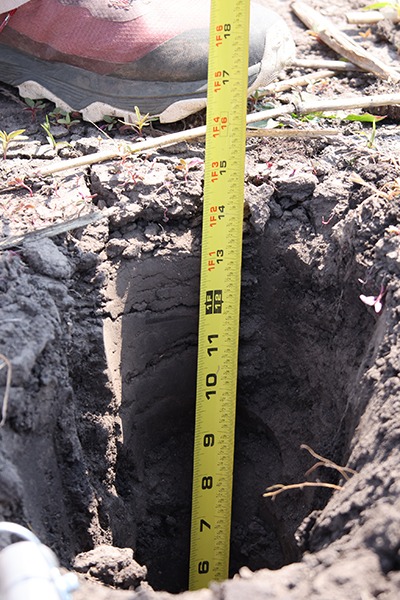How Can I Reduce Turfgrass Fertilization, Mowing, Irrigation, and Pesticide Use?
This is the second article in a three-part series on turfgrass emissions, reduction strategies, and ecosystem services based on this article published in Crop, Forage & Turfgrass Management. Check out the first article, “6 Ways to Cut Back on Greenhouse Gas while Cutting Your Grass,” or the third, “What Are the Potential Ecosystem Benefits of Turfgrass?” to learn more.
The short answer: Turfgrass maintenance “inputs” include mowing, fertilization, irrigation, and pesticide applications. These inputs can be reduced in a variety of ways that can help you or your clients meet their goals to reduce the impacts of growing and maintaining turfgrass.
Back it up: Turfgrass systems include home lawns, commercial properties, golf courses, athletic fields, roadsides, sod farms, parks, and other green spaces. In a previous Decode 6 article, we discussed the occurrence of greenhouse gas emissions and the importance of implementing strategies to reduce emissions in turfgrass systems.
Why it matters: Turfgrass takes up more than 2% of the land in the continental U.S.—that’s more land than is used to grow irrigated corn. There are many different areas and opportunities to use turfgrass, which offers many economic, environmental, and societal benefits to homeowners and end-users.
- These benefits are often overlooked. For example, maintaining and mowing your lawn can provide exercise, improve your mental health, and increase community relationships.
- But one of the most important ways you can help manage inputs to turfgrass systems is through effective communication to lower consumer expectations of turfgrass aesthetics. That is, most people expect—even demand—that turfgrass be bright green, perfectly uniform, and manicured. But it doesn’t need to be like that to survive, especially in areas where water is limited.

The Rocky Ford Turfgrass Research Center at Kansas State University in Manhattan, KS, where turfgrass science research is conducted. This is one of many turfgrass science research centers around the U.S. at various land-grant universities. Photo by Ross Braun.
Break it down: Here, we provide an overview of four different turfgrass inputs—mowing, fertilization, irrigation, and pesticides—along with strategies to reduce those inputs, which may also help curb greenhouse gas emissions and decrease potential negative environmental impacts.
- Mowing: The ability of turfgrass plants to withstand mowing stress makes turfgrass unique. Mowing improves the appearance and performance of turfgrass systems and reduces noxious weed pests (e.g., poison ivy) and insect vectors (e.g., ticks). However, mowing contributes to greenhouse gas and particulate matter emissions, fuel consumption, and noise pollution; therefore, the below strategies should be considered to reduce mowing inputs.
-
- Plant low-input turfgrass species/cultivars that don’t need to be mowed as often as other turfgrass species.
- Invest in new mowing equipment with better fuel efficiency or alternative power sources such as an electric or hybrid engine.
- Follow the recommended practices of the “one-third rule,” returning grass clippings to the surface, raising cutting heights, and maintaining mowing equipment.
- The “one-third rule” is a guideline to help you mow based on the growth rate of the grass not a preset schedule. You should try to not to remove more than one-third of the turf canopy height at any one time as it can impact the overall turf health and stop root growth. For example, if your target mowing height is 3.0 inches, then mow your turf when it starts to reach 4.5 inches to remove only 1/3 of the leaf tissue.
- Decrease the total acreage mowed by increasing the amount of “naturalized areas” that could include fine fescues and other native grasses or wildflowers.
- Fertilization: Turfgrass can survive without nitrogen fertilization, but fertilization can help achieve specific visual and performance goals, which vary by site. Applying a little nitrogen fertilizer can help turfgrass be more competitive against weeds. And timing is key—newly planted turfgrass will require much more nutrients than an area that has been in turfgrass for years. At the same time, fertilization can enhance or degrade ecosystem services. The following are strategies to reduce fertilizer inputs.
-
- Plant turfgrass species that require less fertilizer, including legumes in seed mixtures.
- Use new fertilizer technology sources, such as controlled-release sources, for a longer, sustained, slow-release that helps the turfgrass take up more of the fertilizer over time instead of fertilizer being lost to the environment.
- Apply fertilizer at proper rates and at appropriate times of the year.
- Invest in GPS technology for more precise applications.
- Soil test for nutrients and soil pH every 2 to 3 years or when establishing a new turfgrass area
- Decrease phosphorus and potassium inputs when sufficient to reduce the recruitment of broadleaf weeds.
- Adjust soil pH when feasible (based on soil type) to enhance plant nutrient availability.
- Irrigation: Irrigation requirements depend on turfgrass water use rates, reported as evapotranspiration (ET), which is the total amount of water required for growth and transpiration (which is water the plant releases from holes in its leaves during photosynthesis), as well as water lost from the soil surface. Environmental factors like temperature, humidity, the amount of sunlight, and wind also impact ET rates, which you should use to make irrigation decisions. The following are strategies to reduce irrigation inputs.
-
- Employ deficit irrigation strategies (i.e., reduce watering amounts) and convert to more drought-tolerant turfgrass species/cultivars.
- Scout and fix irrigation system malfunctions and conduct routine irrigation system audits.
- Combine rain sensors, soil moisture sensors, and ET data technologies to assist in irrigation scheduling and invest in new infrastructure for site-specific irrigation.
- Harvest rainwater and promote stormwater retention.
- If available, use non-potable (treated or recycled water).
- Promote practices that decrease soil compaction and promote deep rooting.
- Communicate the advantages of water savings effectively with consumers and customers to help lower expectations of turfgrass appearance.
- Pesticides: The use of pesticides to control weeds (herbicides), plant diseases (fungicides), insects (insecticides), or nematodes (nematicides) are not used in all turfgrass systems. However, if pesticides are part of the maintenance program, then the potential strategies listed below should be considered to reduce inputs and emissions and minimize risk to non-target organisms.
-
- Implement practices that promote turfgrass health and increased competition with or resistance to pests (e.g., thoughtful fertilizer use, soil cultivation to decrease soil compaction, recommended mowing practices, thatch management, etc.).
- Use turfgrass species/cultivars with improved genetic resistance to weed/insect/disease infestation and environmental stresses (cold, heat, drought).
- Integrate synergistic strategies such as non-chemical, biological, and chemical practices to increase pest control efficacy.
- Scout and use targeted, spot-treat applications instead of broadcast applications when appropriate.
- Utilize integrated weather-pest life cycle models to enhance scouting and increase application efficacy.
- Rotate mode of action to prevent/reduce pesticide resistance development.
- Conduct routine spreader and sprayer calibration.
- Invest in GPS technology for pest mapping precision applications.
- Bonus! Communication: Whether for your property or your consumers/clients, lowering and aligning expectations through effective communication may lead to even further reductions and acceptability.
- While weather, watering, and weed/insect/disease stresses influence the appearance and performance of the turf, it is also impacted by management.
- Anticipated results from changes to the management regime (inputs) should be understood by the turf practitioner and communicated with the client.
- An example conversation may sound like “We are reducing the irrigation by 30% to help you conserve water and make your lawn more environmentally friendly. This may slightly reduce its appearance, but your turfgrass will still have acceptable turf quality and meet performance expectations with the regular amount of foot traffic.”
- Another example conversation may sound like “We do not plan to apply a preemergence herbicide this spring since your lawn is very dense and healthy, and we expect the weed pressure to be low from multiple years of weed prevention from a herbicide. Instead, we will scout for weeds while they are young and spot spray to control them, which will help us reduce the amount of pesticides used in your lawn and be more environmentally friendly.”
- Lowering expectations of clients may be difficult; however, turf practitioners who are able to effectively communicate the benefits of reducing maintenance inputs with the clients will likely have better success.
The big picture: The aesthetics (appearance), functional use (performance), and expectations of turfgrass systems vary widely from site to site. There are many different opportunities to reduce maintenance inputs in turfgrass systems, a methodical approach will help your turf be able to still provide many of the benefits that turfgrass systems offer while also reducing emissions and potential negative environmental impacts.
Photo by Ross Braun.

